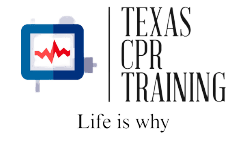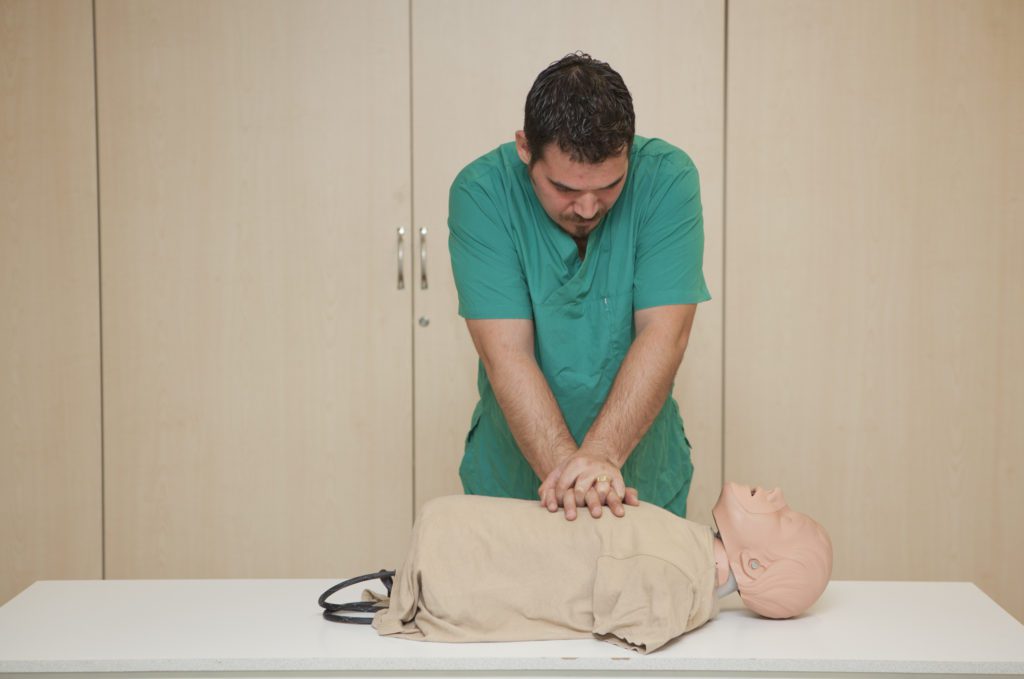
Cardiopulmonary Resuscitation (CPR)
Cardiac arrest is caused when the heart suddenly stops. Usually this is due to an electrical problem in the heart that causes an irregular heartbeat and disrupts blood flow through the body. Survival depends on immediate CPR. Most cardiac arrests happen in the home, so BE PREPARED!
If a cardiac arrest occurs, blood will stop circulating, and breathing will cease. Without oxygen, the cells in the brain and the body start to die in about 4 to 5 minutes. CPR will need to be administered immediately to keep oxygenated blood flowing to keep the vital organs alive. When giving CPR you are buying time until someone brings an AED to shock the heart and reset it or the medics arrive to help.
You must begin CPR immediately to give them the best chance of survival. CPR consists of compressions and breaths. By administering chest compressions you are actually doing the hearts job with your hands. Compressions are the most important part of CPR.
Key points from the 2015 Guidelines Update provides bystanders, dispatchers and communities with practical guidance to improve the effectiveness of their teamwork:
Untrained bystanders should still call 911 and provide Hands-Only CPR. Hands-Only is also known as CPR without breaths, pushing hard and fast in the center of the chest to the rate of 100-120 compressions per minute. However, if the bystander is trained in CPR and can perform breaths, he or she should add breaths in a 30:2 compressions-to-breaths ratio.
Bystanders should use mobile phones to immediately call 911 and have the phones on hands free speaker . This will allow the dispatcher can help bystanders check the victim’s breath, get the precise location for EMS and provide instructions for performing CPR.
Community Dispatchers should be trained to help bystanders check for breathing and recognize cardiac arrest. Dispatchers should also be aware that brief generalized seizures may be an early sign of cardiac arrest.
Sign up for a class today at Texas CPR the life you save could be a family member.

